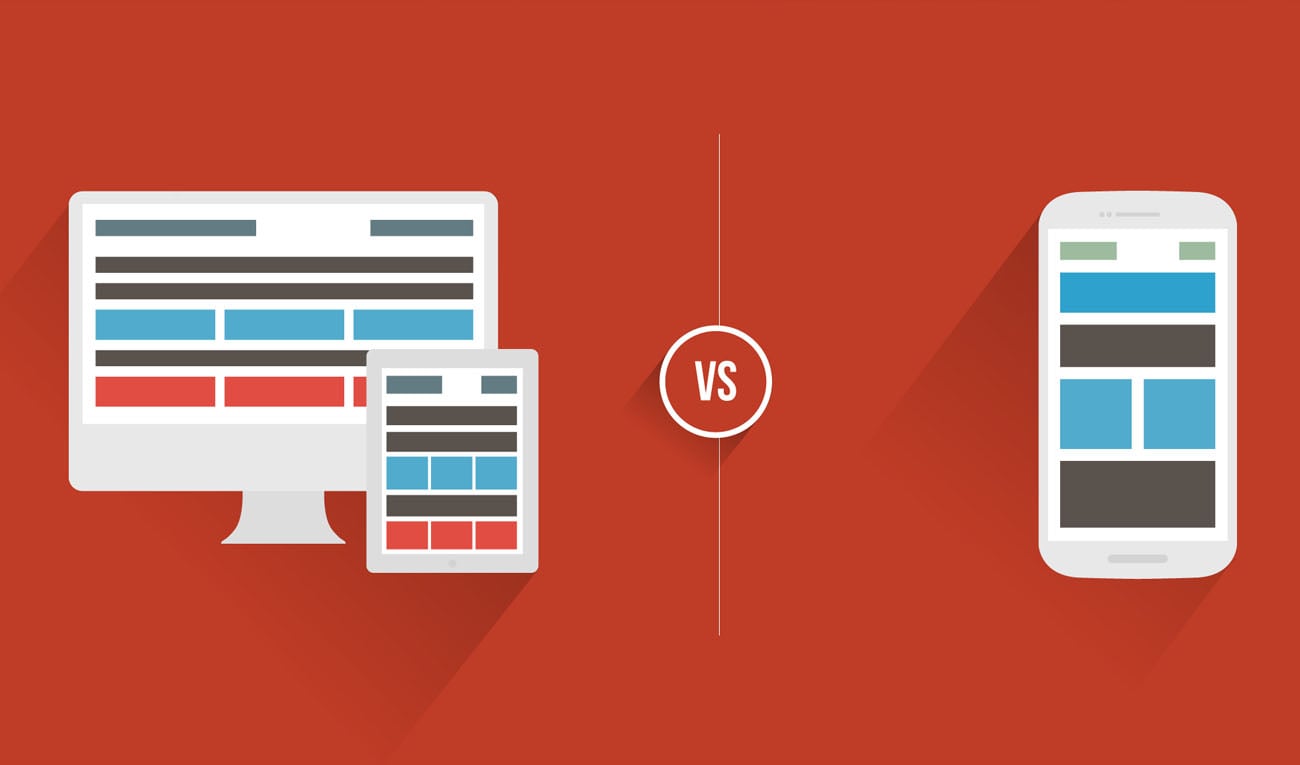
Why is mobile-first website design important?
With more and more users accessing websites on their mobile devices, creating websites that are optimized for mobile devices is crucial. Writing about the importance of mobile-first website design and how to create mobile-friendly websites can help attract potential clients who want to create effective websites for mobile users.
Here are some common questions people ask us about mobile-first website design:
1- What is mobile-first website design?
Mobile-first website design is a design approach that prioritizes designing websites for mobile devices first, rather than designing for desktop computers and then adapting the design for mobile devices. With the majority of internet users accessing websites on mobile devices, mobile-first design ensures that websites are optimised for the smaller screens and limited bandwidth of mobile devices. This design approach involves creating a simplified and streamlined user interface, optimising website content for smaller screens, and using responsive design techniques to ensure that websites adapt to different screen sizes and resolutions. Mobile-first website design is an essential aspect of modern website design and development, as it ensures that websites are accessible and user-friendly for the majority of internet users.
2- How do I make my site mobile-friendly?
If you have an existing website that is not mobile-friendly and you want to make it mobile-friendly using a mobile-first approach, here are some steps you can follow which we practice here at Simply Creative in Bedford to help our clients:
a- Analyse your website: The first step is to analyse your website and identify areas that need improvement. Use a tool like Google’s Mobile-Friendly Test to see how your website performs on mobile devices and identify any issues that need to be addressed.
b- Prioritise content: When designing for mobile devices, it’s important to prioritise content and focus on the most important information first. Identify the most important content on your website and make sure it’s easily accessible on smaller screens.
c- Simplify your design: Mobile devices have smaller screens, so it’s important to simplify your design to ensure that your website is easy to navigate and use on mobile devices. Remove any unnecessary elements from your design, and use a minimalist approach to ensure that your website is easy to use on smaller screens.
d- Use responsive design: Responsive design ensures that your website adapts to different screen sizes and resolutions, making it easy to use on any device. Use responsive design techniques to ensure that your website is optimised for mobile devices.
e- Optimize images: Large images can slow down your website on mobile devices, so it’s important to optimise your images for smaller screens. Use image compression techniques to reduce the file size of your images and ensure that they load quickly on mobile devices.
f- Use mobile-friendly fonts: Some fonts can be difficult to read on smaller screens, so it’s important to use mobile-friendly fonts that are easy to read on mobile devices.
3- How does mobile-first website design impact search engine optimization (SEO)?
Mobile-first website design has a significant impact on search engine optimization (SEO) as search engines like Google prioritise mobile-friendly websites in search results. Here are some ways in which mobile-first website design can impact SEO:
a- Improved user experience: Mobile-first design focuses on creating a user-friendly and seamless experience on mobile devices, which can lead to increased user engagement and improved SEO. Websites that are easy to use and navigate on mobile devices are more likely to rank higher in search results.
b- Faster page load times: Mobile-first design involves optimising website content and using responsive design techniques to ensure that websites load quickly on mobile devices. Websites that load quickly on mobile devices are more likely to rank higher in search results.
c-Mobile-first indexing: Google now uses mobile-first indexing, which means that it primarily uses the mobile version of a website for indexing and ranking purposes. Websites that are optimised for mobile devices are more likely to rank higher in search results than websites that are not mobile-friendly.
d- Reduced bounce rates: Mobile-first design can help reduce bounce rates by providing a seamless and user-friendly experience on mobile devices. Websites with lower bounce rates are more likely to rank higher in search results.
e- Increased social sharing: Mobile devices are increasingly used for social sharing, and websites that are optimised for mobile devices are more likely to be shared on social media. Increased social sharing can lead to improved SEO and increased visibility in search results.



Leave a Reply